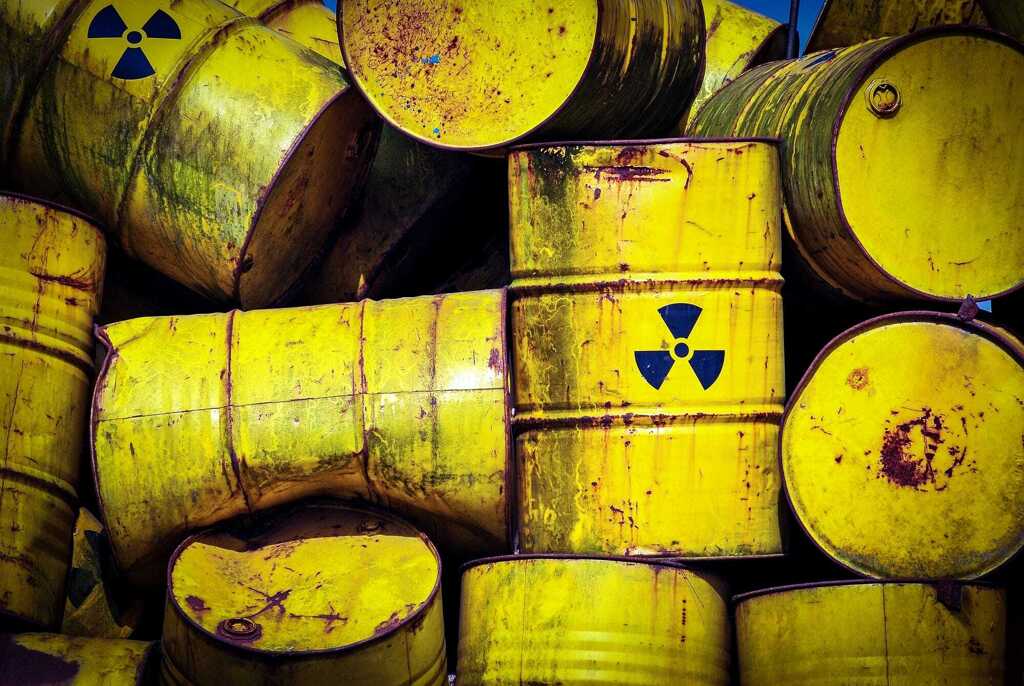rather seed things with fewer seeds and which are about to die.
is there any listing of those I can check somewhere?
If you want 90% of the stuff indexed on pirate sites is dead or with only 1 seed, I haven’t found tools that take it automatically.
But there is this initiatives for books, books or paid courses are more subject to copyright strikes than entertainment material, therefore more difficult for students or workers to find.
charitable_seeding_for_nonprofit_scientific_torrents
library_genesis_project_update_25_million_books
libgen also uses IPFS and seems much better for this purpose.
With video content, most sd copies are very much at risk. DVDRip, VHSRip, VCDRip, VODRip and HDTV/SDTV stuff. In general though, most anything uploaded before 2016 that isn’t a yify rip barely has any seeds these days.
I used to just seed Epic exclusives. Now there aren’t any Epic exclusives*. Coincidence? I think not.
*Other than Kingdom Hearts grrr
You could install a tor relay or i2p
my dream is to build my own NAS. it would handle everything i need: it would be a Nextcloud, media server, website host, Matrix server, Minecraft server, and when i’m not doing anything with it at the moment i’ll have it donate its time to seeding and relaying
if your that passionate about NASs, may I ask how does one negate data loss if a lighting were to strike? or fire?
I get Raid an all that, but I don’t care how many times my data got burnt if it ever will.
Same with lightning, lightning rods are a thing, so maybe that? Idk what would be dmged if an entire lightning passes thru your house in a wire or not, like electromagnetic fields are a thing.
I suppose remote backup is the only option for something that destroys everything in the area, but raid is essential anyway.
makes sense, I was hoping for a cheaper answer. Buying land (caz renting a server is the same as cloud storage isn’t it?) somewhere is probly expensive.
If you know someone who lives somewhere else and also has a NAS, you can help each other by using each other for remote backup.
sadly I don’t, now I need to talk this onto someone… I don’t even know who’d be interested. But great idea, needs a lot of administrative work tho. And also leaving an open (pwd protected, but still an open port) connection to a storage server 24-7 does not sound very safe.
You could do a scheduled backup/sync every day/week, if you don’t want the port open always.
raid is essential anyway
Why? If there are offsite backups that can be restored in an acceptable time frame, what’s still the point of RAID?
I’d say it depends on your circumstances and your tolerance to the possibility of data loss. The general answer to the question is that without using some kind of redundancy, either mirrored disks or RAID, the failure of a single disk would mean you lose your data. This is true for each copy of your data that you have.
Off-site backup is the proper answer to your question. All this really depends on your own tolerance or comfort with the possibility of losing data. The rule of thumb is that there should be at least three different copies of your data, each in a different physical location. For each of them, there should be redundancy of some kind implemented to guard against hardware failure. Redundancy is typically achieved by using mirrored drives or by using RAID of some kind. Also, if you’d like to know, using RAID in which you can only lose one disk in the array is not typically considered a sufficient level of protection because of the possibility of a cascading drive failure during replacement of a failed disk. It should be at least two.
“cascading drive failure” the what now? How do drives die in a domino effect?
three locations seem a bit much, but I totally understand it. Safe storage is tedious, huh.
Drives in a NAS age at about the same rate between them. If you had multiple drives around the same age or from the same manufacturing batch, there’s a higher chance they fail around the same age. After one disk in the array fails, you can insert a new drive and rebuild the array, but during the rebuild, all your drives are in heavier use than normal operation. If you only have one disk redundancy, you’re vulnerable until that rebuild is complete.
oh wow, makes sense. It’s a very slim chance, but not zero. but doesn’t a three mirror setup has the same vulterability.
So if the scenario is that we bought two of the same type, use it equally, they’ll die at the same time. This sentance is also true if we up the number.
The calculations necessary to rebuild a failed drive from parity data stored on the other drives means that for the duration of the time that the array is being rebuilt (aka “resilvered”), you’ll have high activity on the other drives. So during that time there’s an increased chance that a drive that was already on the brink of failure is pushed over the edge. If that happens, your data is gone. Like I said it depends on your risk tolerance. You may not feel like it’s worth it in your situation. I personally only run a raidz1. I accept the risk that entails, just as people who use raidz2 accept the increased risk that entails over raidz3. There’s no limit to the amount of redundancy you can add. The level of redundancy that’s needed is a decision that only you/your organization can make.
well, I never tought of data loss prevention in this way. Thanks.
i’ll have to look more into that. the obvious answer is “keep it off site”, but that only applies if you’re doing backups. if it’s a NAS with several different purposes like the one i want, i’m not actually sure. i’ll keep reading about it
Alright, good luck with that, and thx.
if your that passionate about NASs, may I ask how does one negate data loss if a lighting were to strike? or fire?
host everything in VMs and backup to an offsite NAS.
I sometimes do the same when I spot something new and high demand
Doing the Lord’s work. Godspeed.
I hoped that memes stay out of here, but that ship sailed. Perhaps Lemmy will allow people to tag posts in the future, so people like me can exclude memes from community feeds.
deleted by creator






